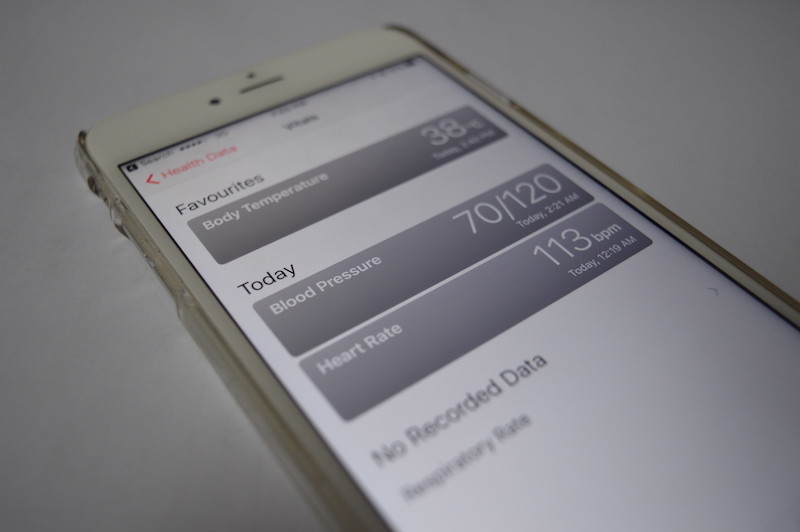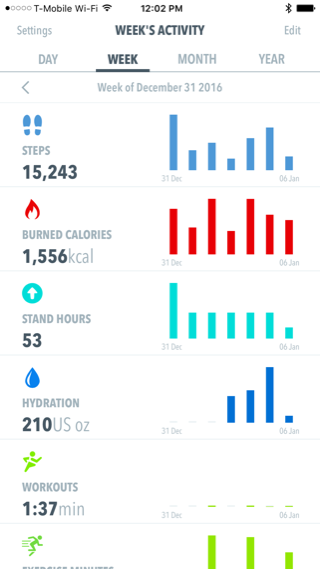
I’ve never been a fan of Apple’s Health app. It’s arguably the least user-friendly app Apple has ever designed for iOS. When I use it I feel like I’m scrolling through medical documents at a doctor’s office. The reality is that if Apple wants users to focus on health, it needs to present my activity, water consumption, sleep habits, mindful minutes, and the like in a cleaner and aesthetically pleasing way. Right now it’s in weird lists and graphs.
Until Apple cleans up the mess that is the Health app, I’ve turned to third-party health dashboards. My resolution for 2017 is to simply keep a better eye on my health and I needed a good app to help me out. In my journey I’ve discovered four apps that get the job done far better than Apple’s does. Here are those alternatives.
HealthView

HealthView is a brand new app to the App Store. What I got a kick out of is that Apple seemed to enjoy it so much that they featured it as one of the best new apps… maybe because it blows the Health app away? HealthView beautifully organizes all of your health data in a format that’s easy to read and understand. You choose at the start what you want to see: your steps, exercise minutes, hydration, heart rate, sleep data, swimming data, Nike+ fuel and plenty more. Then HealthView shows it all in a color-coded list that you can view by day, week, month or year. There isn’t much to the app — it just works well, no questions asked.
➤ HealthView in App Store ($1.99)
Fitbit

You may not know this, but you don’t need a Fitbit device to use the Fitbit app. Of course, having one comes in handy, but the app can also import data directly from the Health app. Much of what you log in your phone — daily food, hydration, steps, floors climbed — Fitbit can import and automatically present to you on a daily basis. You can also track exercise and food consumption manually within the app too. Plus, having a Fitbit account and using the app has the added benefit of being able to participate in challenges against friends who have a Fitbit. A surprising amount of features are available to iPhone and Apple Watch users lacking the Fitbit accessory, and it’s quite pleasing.
➤ Fitbit in App Store (free)
FitPort

One of my favorite UI features about the Activity app is the goal rings. There is just something so satisfying about being able to completely fill a ring and close the circle to complete a goal, rather than just fill a progress bar. FitPort takes this a step further and gives you a circle to close for every health goal, not just the three Apple focuses on. FitPort imports data from Health and organizes your steps, distance, floors, standing, food, water and even mindful minutes into rings. It’s the best app I’ve spotted for quickly checking health data with a visual glance. Plus you can tap any fitness category to drill down in more historic detail and manually log changes.
➤ FitPort in App Store ($2.99)
Health Mate

Health Mate isn’t quite as comprehensive as the other apps on this list, but it still does a great job of logging your steps, heart rate, food and weight. I love how colorful the app is and how you can immediately see steps for previous days just by scrolling. It’s motivational and encourages at the very least surpassing your steps from the day before. The app also lets you manually log weight, activity, heart rate, blood pressure and food outside of what it gathers from Apple’s Health. It does require a somewhat tedious sign-up with Withings, the company responsible for Health Mate, but it’s free.
➤ Health Mate in App Store (free)
Let us know if your favorite iPhone app for tracking in the comments below.